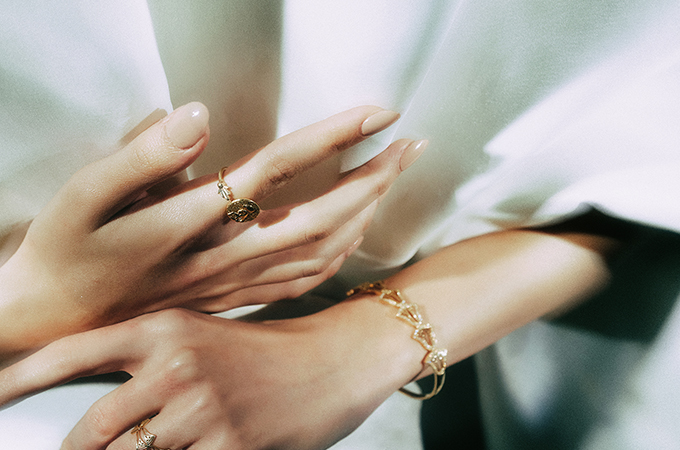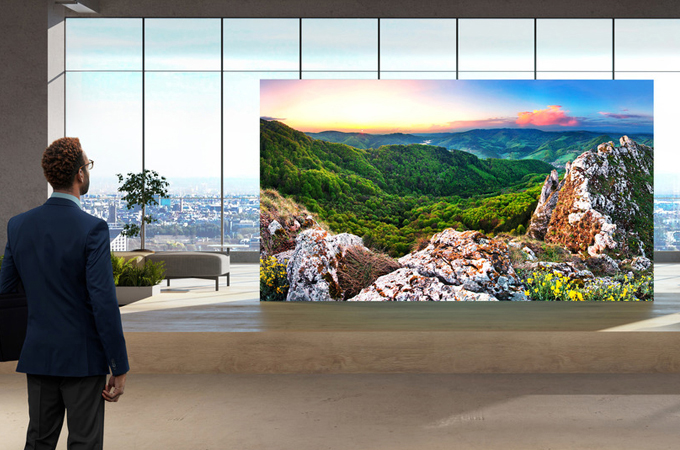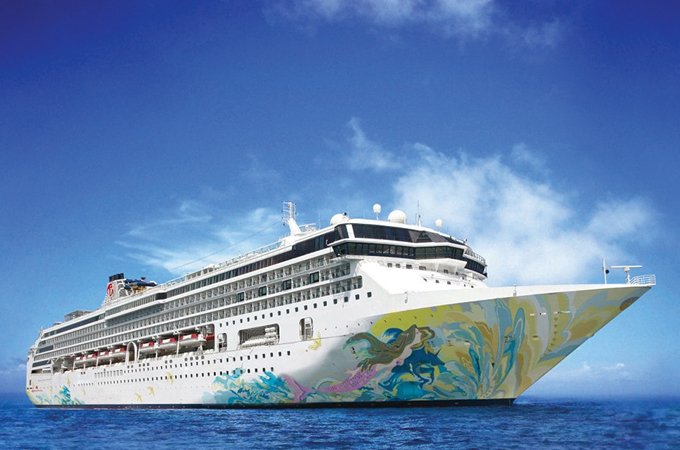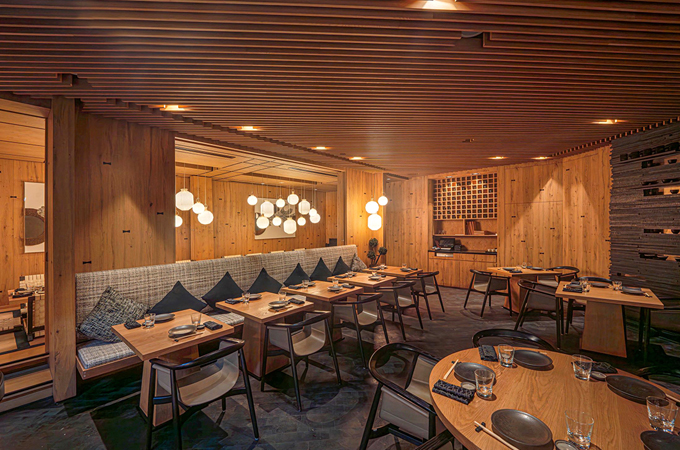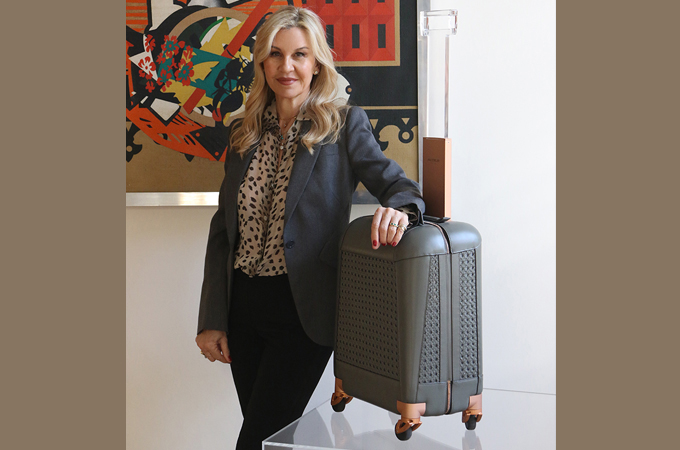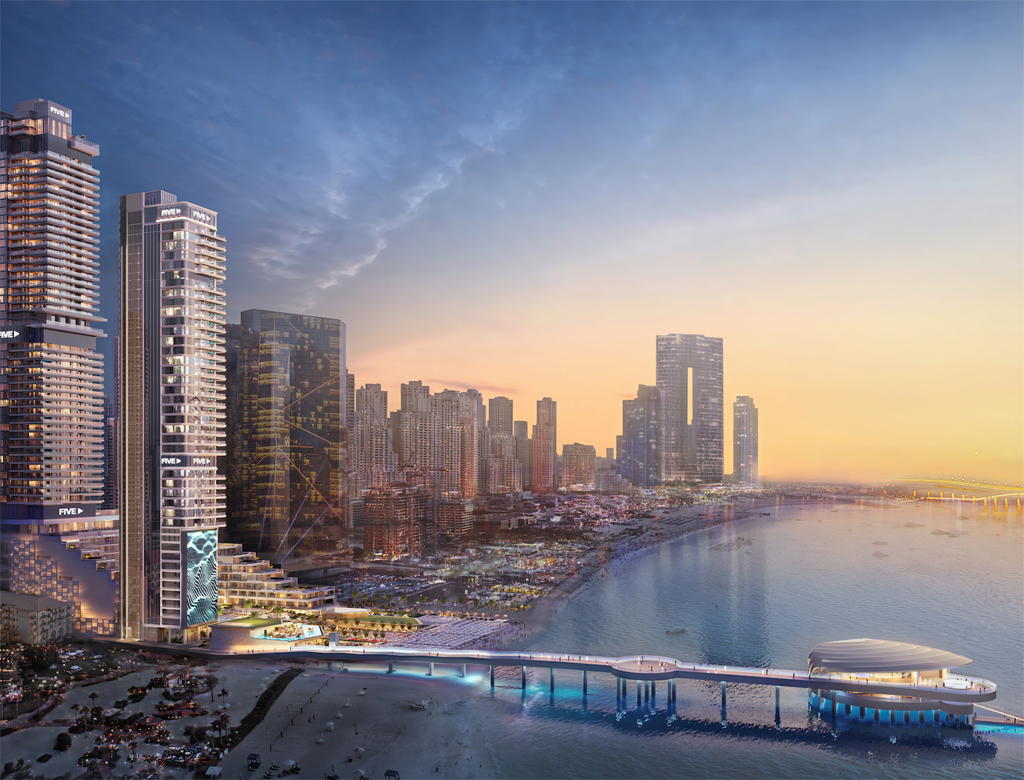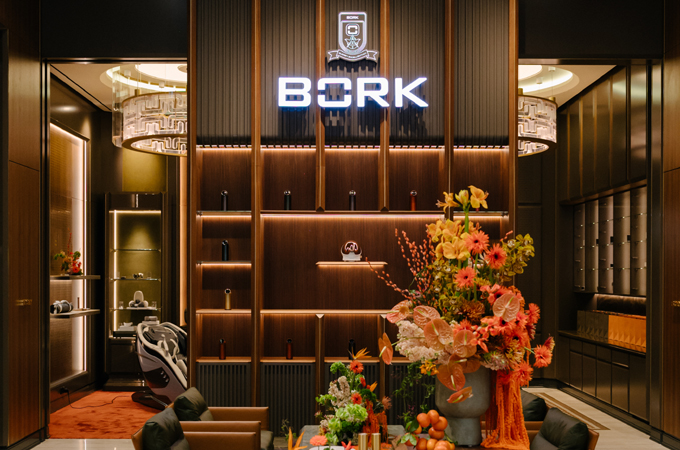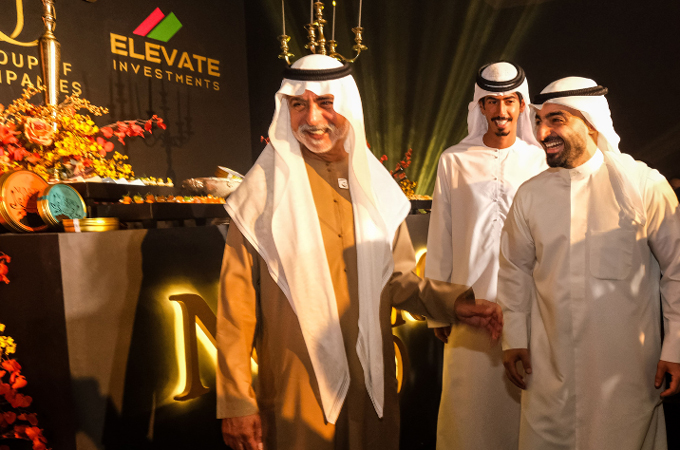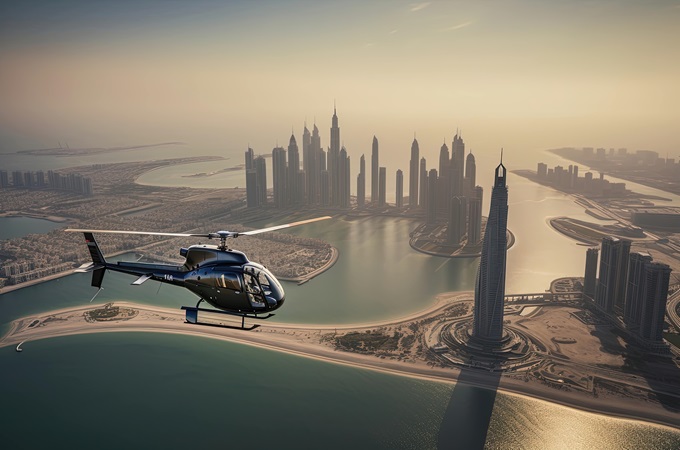Winter 2016
Arabian Knight looks at the many delights that Austria offers, from winter sports to fine accommodations and splendorous sights to delight the discerning traveller
Winter transforms the landscape of beautiful, green Austria to something truly magical: snow-covered roofs, the pealing of church bells, steaming hot chocolate in a remote après-ski café, the warm glow of twinkling evening lights and the heady waft of apple strudel in the winter air.
The season of winter makes Austria the perfect playground for classic cross-country and Nordic skiing, freeriding, winter paragliding, snow-biking and air-boarding. Beginners needn’t lose heart – there are training camps for adults and kids alike, and are very much worth a try.
Skiing can be addictive – they say most skiers head back to the pistes sooner or later. And with three-fourths of the country’s land occupied by the Alps, there are more than 800 winter sport resorts to choose from across 71 ski regions.
TITILLATING TIROL
Perfect for a holiday around the year, the province of Tirol is one of the best skiing areas in the country during winter. In summer, it offers fantastic hiking paths and stunning views of lakes and valleys. The Kaunertal Glacier is Tirol’s youngest glacier. There is plenty of room on the 38 km of wide open slopes, with hardly any queues for lifts. Snow is guaranteed from October until June and there is something to suit all ages.
Tirol’s highest glacier, the Pitztal Glacier, has guaranteed snow from September to May. Take the highly recommended Wildspitzbahn cable car to 3,440 m to soak in the views and sip the coffee in Austria’s highest café.
Stubai Glacier, Tirol’s biggest glacier ski area is just a 45-minute drive from provincial capital Innsbruck. Skiing is guaranteed from October to June here and the runs range from easy to challenging, making this another family-friendly resort.
ZELL AM SEE
The Zell Am See Kaprun region is one of the most beautiful and scenic in Austria, being home to one of its greatest mountain and lake resorts. The Kitzsteinhorn glacier and the soaring Schmittenhöhe Mountain form the backdrop to the village of Zell Am See, located ashore Lake Zell, and surrounded by wooded valleys, majestic slopes and the Grossglockner, Austria’s highest mountain.
The region is a haven for active holidaymakers, with tennis and golf alongside water sports. An evening cruise, which combines spectacular scenery with culinary and musical highlights, is highly recommended. A visit to the traffic-free medieval village of Zell Am See is a must. Specialty shops and restaurants line the meandering narrow streets.
Adrenaline junkies need to head towards Kitzsteinhorn, with its three snow parks and Austria’s largest super-pipe for freestylers. And their more sedate partners will enjoy the Gipfelwelt 3000, which opens up views of the highest and most spectacular mountains in Austria from the comfort of cable cars. There’s also a stylish summer ice camp presented by Audi, a guided tour through the neighbouring Hohe Tauern National Park and other activities to enjoy.
Alpin Rentals offer a range of romantic chalets and luxury apartments in and around Zell Am See Kaprun. Their select Ski and Golf suites at Zell Am See offer comfort and convenience as well as stunning views of the Kitzsteinhorn Glacier. The newly opened Residence Bellevue in Thumersbach on the shores of Lake Zell features 24 apartments offering a range of hotel services, wellness facilities and its own beach area.
And if you still want winter sports during summertime, fear not, as Austria is certainly an all-time tourist destination: the Hintertux Glacier is the country’s only year-round ski resort, offering winter sports enthusiasts perfectly groomed, snow-sure runs 365 days of the year, great food and stunning nature at altitudes of up to 3,250 m.
VIVACIOUS VIENNA
In the 2013 Mercer study of the world’s 223 most important cities, Vienna scooped the title of the world’s most liveable city for the fifth year in a row. As one of Europe’s most popular city destinations, Austria’s capital offers a blend of entertainment and creativity, tradition and modernity, art and enjoyment.
In Vienna luxury has its own tradition. Although the Austro-Hungarian monarchy ceased to exist in 1918, the standards set by the royalty continue to have their place in the modern era. Only the very best companies were granted the royal Kaiserlichen und Königlichen (k.u.k.) warrant, giving them the right to supply to the imperial court.
The distinctive k.u.k symbol of the double-headed eagle continues to adorn some store fronts to this day, as the high standards of quality are handed down through generations. Examples include two of the city’s best-known patisseries, The Hotel Sacher and Demel; glass and chandelier manufacturer J & L Lobmeyr in Kärntner Strasse; Empress Elisabeth’s jeweller of choice, A E Köchert; tailored, handmade apparel maker Knize; and traditional shoemakers Rudolf Scheer & Söhne.
A bit of Austria’s imperial past is up for grabs in antique shops in and around the Graben area of Vienna. Baroque armoires, renaissance chests, fine carpets, magnificent timepieces, paintings, porcelain and antique jewellery form the shopping list.
Wiener Silber Manufactur reproduces classic Viennese silverware designs including dinner services using original sketches by masters such as Josef Hoffmann and Oswald Haerdtl.
For modern interpretations of traditional luxury, head to the newly opened Park Hyatt Vienna located in the Golden Quartier, the heart of the city’s most exclusive, pedestrianised shopping districts. Within easy walking distance of the Hofburg Palace and St Stephen’s Cathedral, the hotel is a favourite haunt of stylish international travellers and affluent shoppers.
Packed with historic character, finest marble, gleaming brass, wood panelling and alabaster, the building is 101 years old this year and the former headquarters of Bank Austria. The stately atmosphere of this elegant architectural landmark features ornamental elements reminiscent of Vienna style at that time.
AUSTRIAN AFTERS
Take, for instance, the voluptuous Sachertorte, a divine chocolate tart created for royalty by confectioner Franz Sacher in 1832. Filled with apricot jam and served with a side of fluffy cream, Sachertorte is still served at the iconic Hotel Sacher Wien, founded by the confectioner’s son Eduard.
The popularity of Sachertorte overshadows the other tarts: the complicated to create but easy on the palate Linzer Torte, the caramel-flavoured Dobostorte and the delicately layered Esterhazy Torte.
Another notable name on the sweetmeat list from the mountain country is Apfelstrudel (apple strudel), layers of thin pastry with a filling of warm, spiced apple.
THE SOUND OF MUSIC
Austria has given birth to such great musical geniuses as Wolfgang Amadeus Mozart, Joseph Haydn, Franz Liszt and Gustav Mahler. Their influence can still be felt, and their music still heard in the country. Salzburg and Vienna offer world-renowned opera, classical music and jazz with dozens of summer festivals for all tastes, the most famous being the avant-garde Salzburg festival.
The Vienna State Opera is an opera house that is most certainly worth a visit, with a history dating back to the mid-19th century. Located in the centre of Vienna, it is across the road from The Hotel Sacher of the delicious Sachertorte fame.



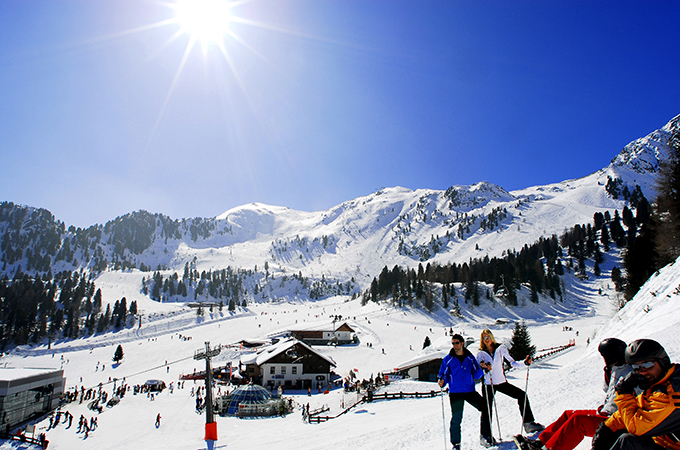
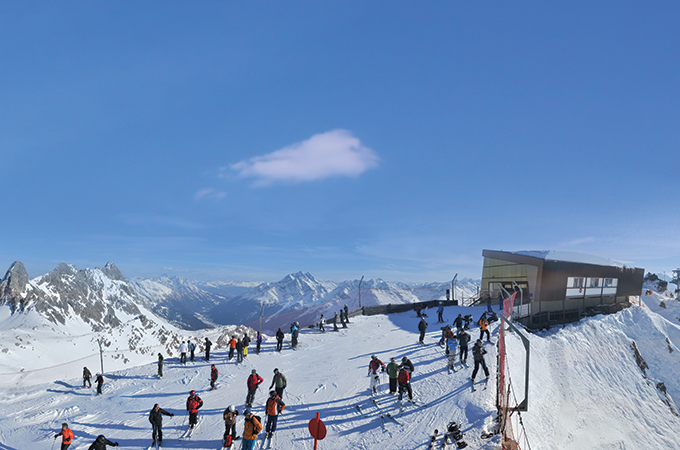
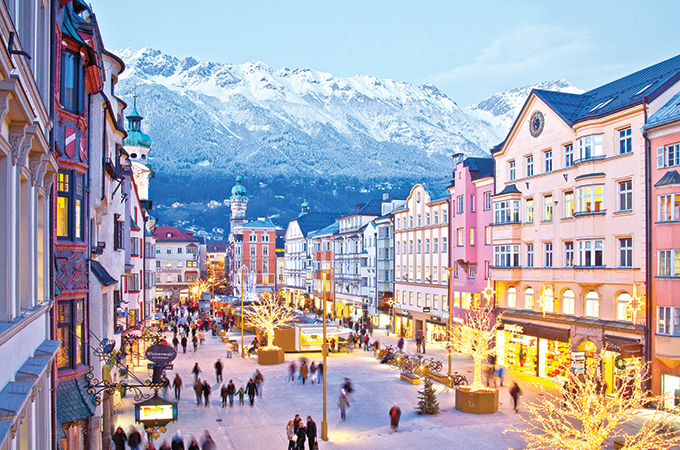
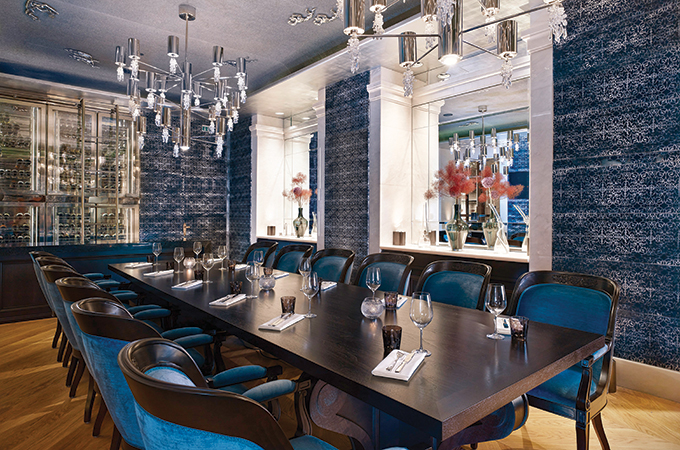
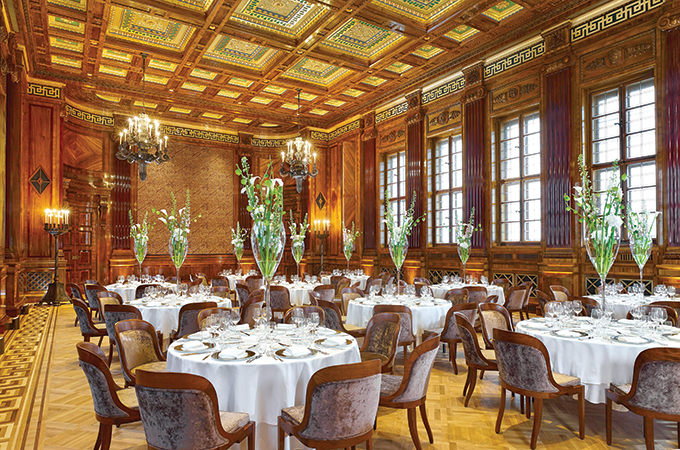
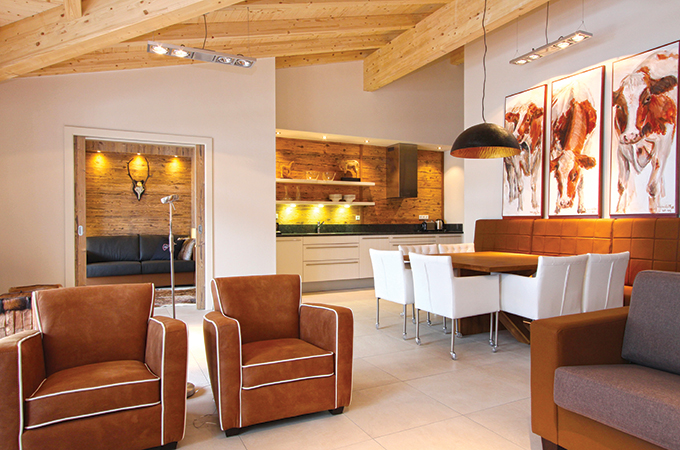
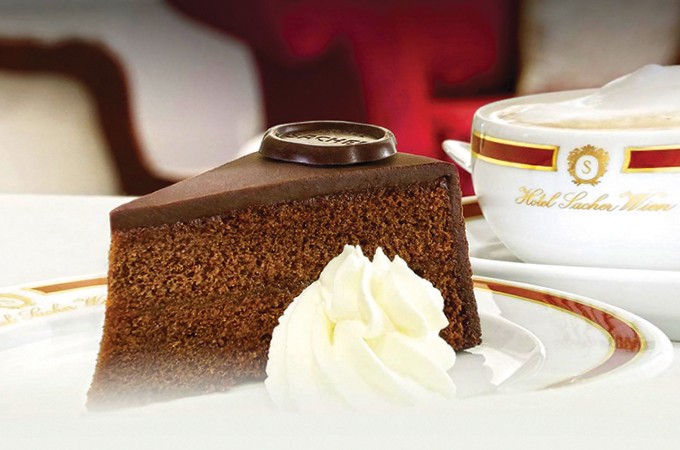
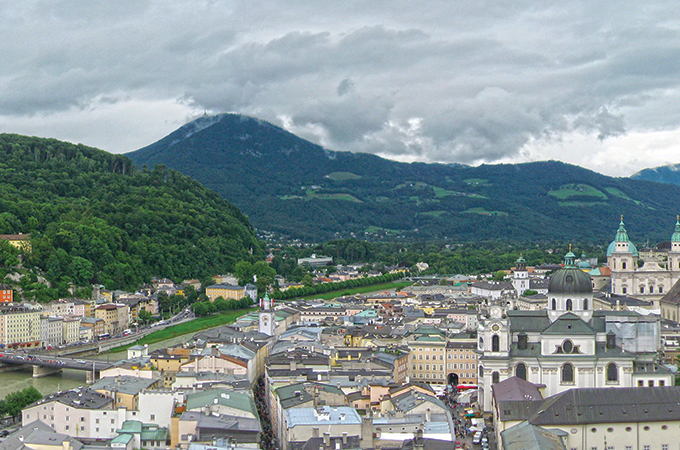


.jpg)
